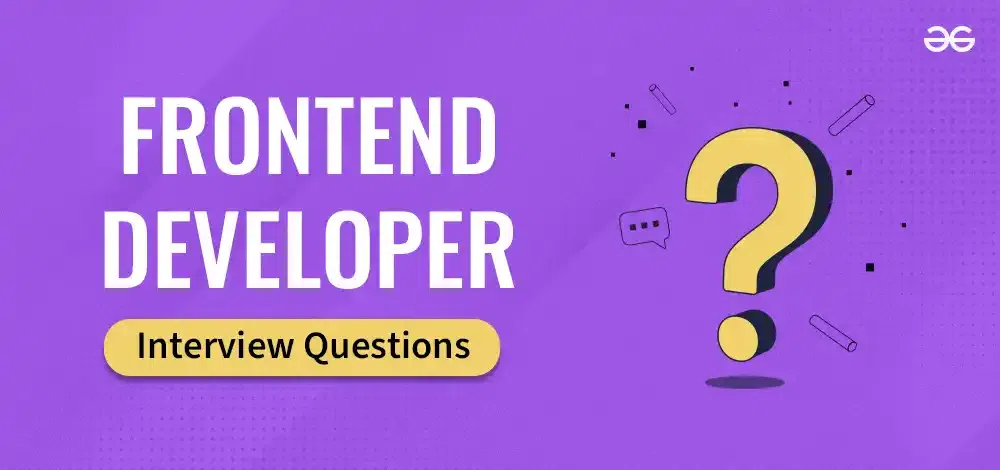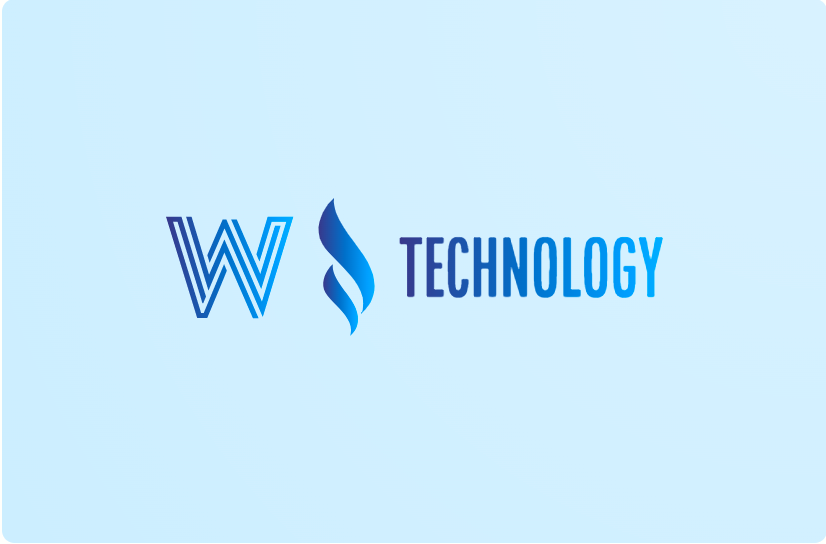Top Interview Questions for Front-End Developers with Answers
Preparing for a front-end developer interview? In this guide, you'll find the most commonly asked questions and clear, practical answers to help you get ready with confidence.
1. What is the difference between HTML, CSS, and JavaScript?
Answer: HTML is used to structure the content, CSS styles it, and JavaScript adds interactivity. Together, they form the core of web development.
<button onclick="sayHi()">Click Me</button>
<script>
function sayHi() {
alert("Hello!");
}
</script>2. What is the Box Model in CSS?
Answer: Every element is a box consisting of content, padding, border, and margin. Understanding it is key to layout design.
div {
margin: 10px;
border: 2px solid black;
padding: 20px;
}3. What is the difference between == and === in JavaScript?
Answer: == compares values only. === compares both value and type.
5 == "5" // true
5 === "5" // false4. What are semantic HTML tags?
Answer: Tags like <article>, <section>, <header>, etc., that clearly describe their purpose.
5. What is the purpose of media queries?
Answer: Media queries make your design responsive by applying styles based on screen size.
@media (max-width: 768px) {
.container {
flex-direction: column;
}
}6. Explain the difference between var, let, and const.
Answer: var is function scoped, let and const are block scoped. const can't be reassigned.
const name = "John";
name = "Jane"; // Error7. What is event delegation?
Answer: Attaching a single event listener to a parent instead of individual child elements.
document.getElementById("list").addEventListener("click", function(e) {
if (e.target.tagName === "LI") {
console.log(e.target.textContent);
}
});8. Explain the difference between null and undefined.
Answer: undefined means a variable is declared but not assigned. null is an intentional absence of value.
9. What is the DOM?
Answer: The DOM (Document Object Model) is the browser’s representation of the page’s structure in tree format. JavaScript can manipulate it dynamically.
10. How do you optimize website performance?
Answer: Techniques include minimizing CSS/JS, lazy loading images, using CDNs, and caching strategies.
11. What is the difference between class and id in CSS?
Answer: ID is unique and used once per page, while class can be reused across multiple elements.
12. What is hoisting in JavaScript?
Answer: JavaScript moves variable and function declarations to the top of their scope before execution.
13. What are closures in JavaScript?
Answer: A closure is a function that remembers the scope in which it was created, even after that scope has closed.
14. Explain the difference between inline, block, and inline-block elements.
Answer: Inline elements do not start on a new line, block elements do. Inline-block behaves like inline but supports setting width and height.
15. What is a promise in JavaScript?
Answer: A promise represents a value that may be available now, later, or never (used for asynchronous operations).
16. What is the difference between localStorage and sessionStorage?
Answer: localStorage persists even after the browser is closed, while sessionStorage is cleared when the session ends.
17. What is Flexbox?
Answer: A CSS layout model that arranges elements in rows or columns with flexible sizing.
.container {
display: flex;
justify-content: space-between;
}18. What is the difference between GET and POST methods?
Answer: GET is used to retrieve data, and POST is used to send data to a server. GET appends data to the URL; POST includes it in the request body.
19. What are ARIA roles?
Answer: Accessible Rich Internet Applications (ARIA) roles help improve accessibility for screen readers.
20. What tools do you use for front-end development?
Answer: Common tools include VS Code, Git, Chrome DevTools, Postman, Figma, and browser extensions like React Developer Tools.










0 Comments